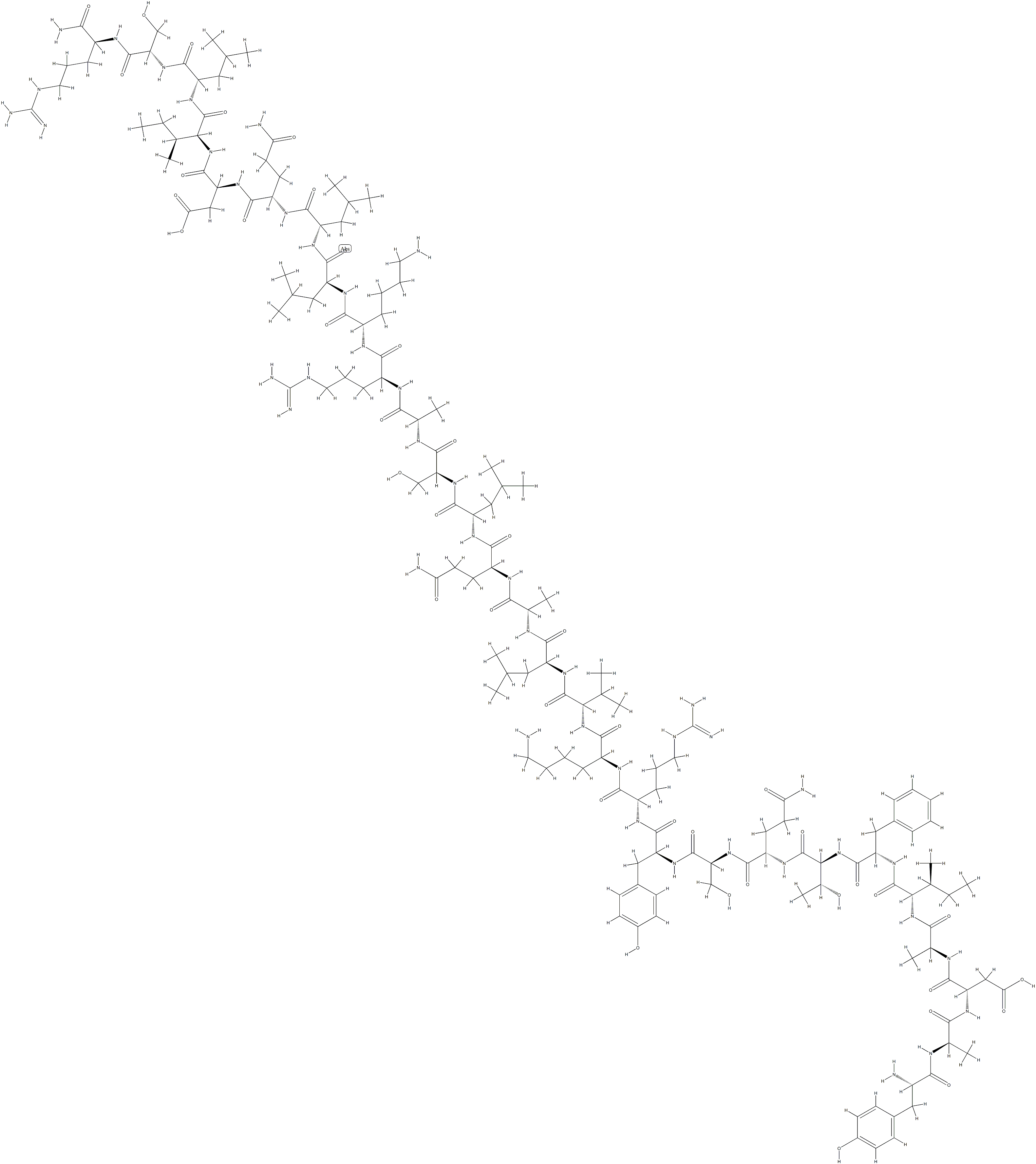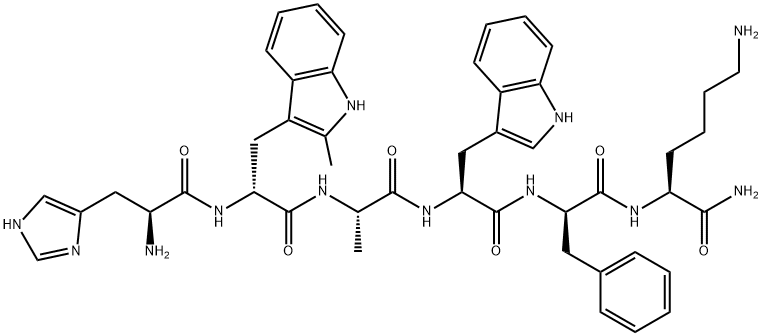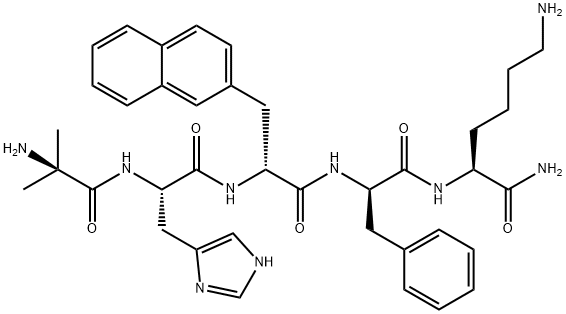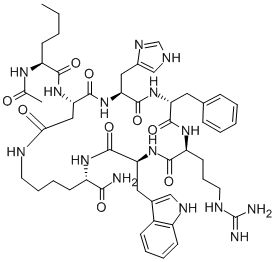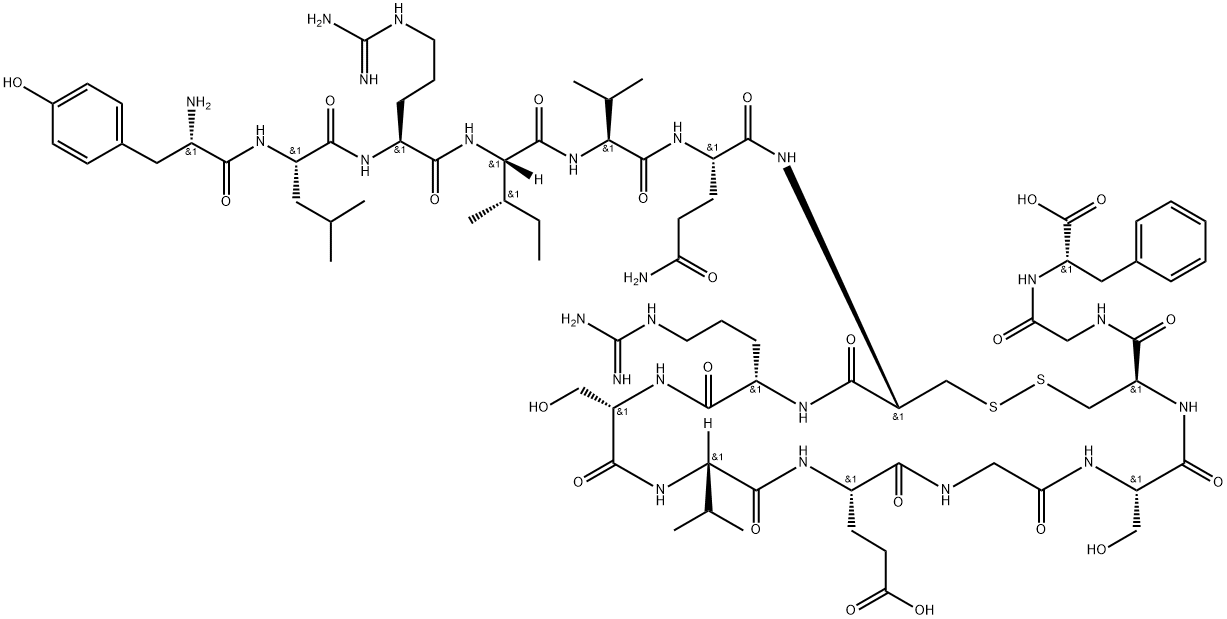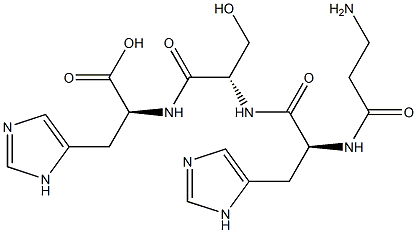BPC 157
Synonym(s):Booly Protection Compound 15;BPC-157;GEPPPGKPADDAGLV;Gly-Glu-Pro-Pro-Pro-Gly-Lys-Pro-Ala-Asp-Asp-Ala-Gly-Leu-Val
- CAS NO.:137525-51-0
- Empirical Formula: C62H98N16O22
- Molecular Weight: 1419.56
- MDL number: MFCD06407962
- EINECS: 211-519-9
- Update Date: 2024-12-20 11:34:09
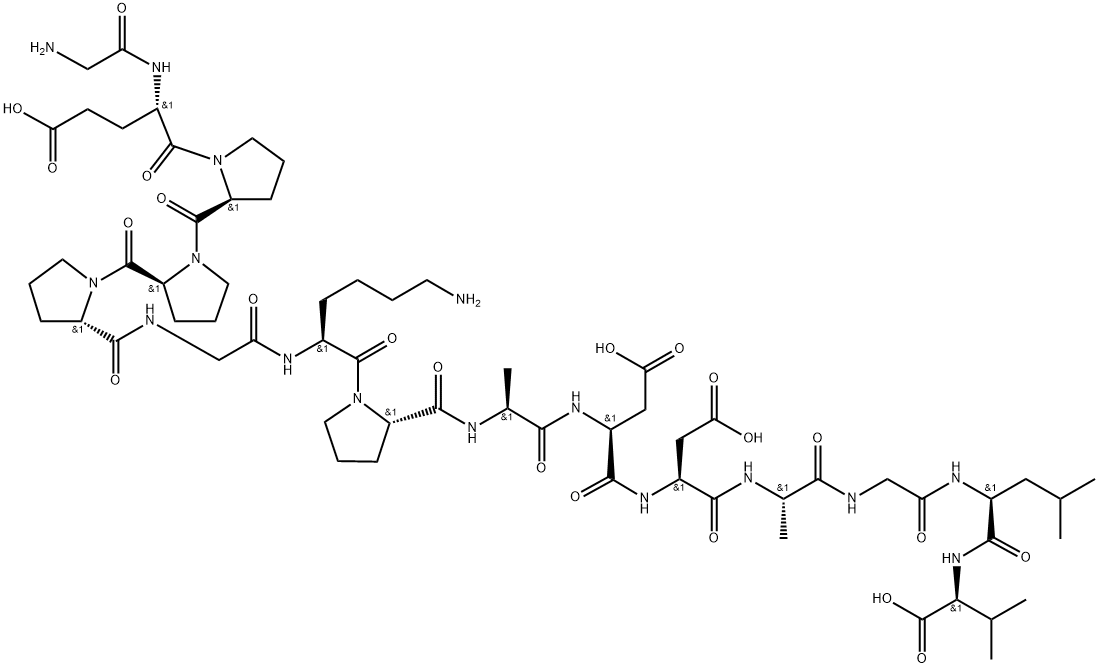
What is BPC 157?
Description
BPC 157 is not a steroid.It is a synthetic peptide derived from a protective protein and helps alleviate joint pain, injuries, and those looking to improve joint mobility. BPC-157 is often most used to treat stomach and intestinal conditions such as inflamed intestinal epithelium (leaky gut), eosinophilic esophagitis, and inflammatory bowel disease; however, its abilities to improve tpe 1 collagen and increase blood flow via angiogenesis means it is a powerful peptide for wound healing and overall regeneration following damage. Notably, BPC-157 aids in alleviating joint pain, old injuries and those looking to improve joint mobility.
The Uses of BPC 157
Stable gastric pentadecapeptide BPC 157 is an anti-ulcer peptidergic agent, safe in inflammatory bowel disease clinical trials (GEPPPGKPADDAGLV, M.W. 1419, PL 14736) and wound healing, stable in human gastric juice and has no reported toxicity. BPC-157 can be used in conjunction with other therapies to enhance and increase your results.
Benefits
There have been many positive effects noted by those who have experimented with the use of BPC-157 for issues including bone healing, ligament healing, general regenerative properties and more. We will list just a small few of the key health benefits here.
Potent anti-inflammatory
Possesses neuro-protective properties—specifically modulating the serotonergic and dopaminergic systems
Promotes angiogenesis and vasculogenesis
Accelerates wound healing (e.g. muscle, ligament, tendon, nerve)
Promotes cell survival under stress
Maintains GI mucosal integrity
Protects and prevents gastric ulcers
Improves digestive function (IBS)
Used in Inflammatory bowel disease (IBD) exacerbations/flares
Protects liver from toxic insults (alcohol, antibiotics, etc) and promotes healing
Repairs tissue; such as GIT, tendons, ligaments, brain, bone, etc
Effective treatment for Traumatic brain injury (TBI)
Protects and heals inflamed intestinal epithelium (Leaky Gut Syndrome)
Biological Activity
BPC 157 is a gut peptide and possesses free radical scavenging activity. This peptide stimulates nitric oxide synthase generation and therefore offers gastric cytoprotection. Unlike other peptides, BPC 157 is effective without a carrier. It participates in muscle healing and is used in the treatment of gastrocnemius muscle complex.
BPC 157 is a stable gastric pentadecapeptide that exhibit anti-ulcer and wounds/fistulas healing properties. BPC 157 reduces immediate and delayed damage induced brain trauma and improves nerve regeneration after transection. BPC 157 displays antianxiety and antidepressant effects. It appears that BPC 157 promotes proliferation, migration, and tube formation of human umbilical vein endothelial cells through activation of ERK1/2 phosphorylation.
Mechanism of action
BPC 157 has a direct therapeutic effect in rats after a stroke. It counteracted both early and delayed neural damage. In addition, BPC 157 promoted full functional recovery; this compound ameliorated the declines in several behavioral tasks: the Morris water maze, inclined beam-walking, and lateral push tests. BPC 157 treatment led to the upregulation of Egr1, Akt1, Kras, Src, Foxo, Srf, Vegfr2, Nos3, and Nos1 and the downregulation of Nos2 and Nfkb compared with untreated rats. The marked Egr1 and Vegfr2 upregulation suggests that BPC 157 has vascularisation properties, and this mechanism likely underlies its ability to modulate ischemia/reprofusion injury. The most interesting finding is the strong upregulation of Nos3, slight upregulation of Nos1, and suppression of Nos2 compared with control animals. These effects may potentially provide a novel therapeutic solution for stroke, imparting specific beneficial effects on the CNS (i.e., for reperfusion, the amelioration of neuronal damage and, thereby, recovery without memory, locomotor, and coordination disturbances, and the expression of the particular genes in the hippocampus). Notably, BPC 157 may scavenge reactive oxygen species due to its structure: it contains four carboxylic groups, and when they are reactivated (by glutathione or enzymes), the antioxidant activity is very high. In addition, because most tissues contain BPC 157, it can bind and inactivate reactive free radicals at crucial positions not reachable by other antioxidants[1-2].
Clinical Use
Therapeutically, the synthetically produced peptide BPC-157 is not currently approved for use as a human drug. It is an experimental compound that has been investigated for inflammatory bowel disease and soft tissue healing, although there is a concerning lack of published clinical trial data because studies appear to have been cancelled or stopped without any published conclusions.
Even though there are no studies or clinical trials that show BPC-157 is safe or effective in humans, some websites related to performance-enhancing drugs advertise that it can be injected or taken orally for bone and joint healing, stomach ulcers, organ damage, and a number of other purposes, including athletic performance enhancement. It is important to realize that these are unproven claims, and that the use of BPC-157 for these or any other reasons is not supported by medical literature or by any medical associations.
Other websites advertise BPC-157 as a “research chemical” that is “not for human use,” and yet, the same websites have suggestions for how someone could use it. Athletes are advised to never use a product that is marketed for “research only.”
Side Effects
BPC-157 side effects (if any) are usually mild, especially when used at the proper dosage. Regardless, it is worth noting that research on BPC is still limited. We can however look to side effects associated with other peptides to hypothesize what we might need to look out for.
Flashes of very hot or cold temperature
Changes to appetite and/or weight
Dizziness
Fatigue
Headaches
Safety
BPC-157 is generally considered safe for use. As it is naturally found in gastric juices, it should be well tolerated by the body in theory. It is however important to note that human clinical trials are still limited and side effects, as above, have been reported. We cannot say for sure long-term use implications may be at this point. As with any supplement in this stage, we would advice ceasing use if any concerns to arise.
As far as tested athletes are concerned - BPC is not currently on the WADA banned list under the section naming “peptide hormones, growth factors, related substances, and mimetics” (as of October 2020). This means that natural bodybuilders and sportspeople might use it without risk of bans.
Dosage forms
BPC-157 comes in two different forms: oral capsules and an injectable form. As an oral capsule, BPC-157 is best suited for gut restoration and for addressing intestinal problems. On the other hand, BPC-157 injectable is the preferred route of administration for inflammation, muscle sprains, ligament damage, and pain.
References
[1] Vukojevi, Jaka , et al. "Pentadecapeptide BPC 157 and the central nervous system." Neural Regeneration Research 17.3(2022):6.
[2] Madzarac, Goran , et al. "Brain-gut Axis and Pentadecapeptide BPC 157: Theoretical and Practical Implications." Current Neuropharmacology 14.8(2016).
Properties of BPC 157
| Melting point: | >232°C (dec.) |
| Boiling point: | 1802.9±65.0 °C(Predicted) |
| Density | 1.366±0.06 g/cm3(Predicted) |
| storage temp. | Keep in dark place,Inert atmosphere,Store in freezer, under -20°C |
| solubility | Methanol (Slightly), Water (Slightly) |
| form | Solid |
| pka | 3.36±0.10(Predicted) |
| color | White to Off-White |
| Stability: | Hygroscopic |
Safety information for BPC 157
| Signal word | Warning |
| Pictogram(s) |
 Exclamation Mark Irritant GHS07 |
| GHS Hazard Statements |
H302:Acute toxicity,oral H315:Skin corrosion/irritation H319:Serious eye damage/eye irritation |
| Precautionary Statement Codes |
P280:Wear protective gloves/protective clothing/eye protection/face protection. P305+P351+P338:IF IN EYES: Rinse cautiously with water for several minutes. Remove contact lenses, if present and easy to do. Continuerinsing. |
Computed Descriptors for BPC 157
| InChIKey | HEEWEZGQMLZMFE-ANCKLJOMNA-N |
New Products
(S)-3-Aminobutanenitrile hydrochloride 4-Methylphenylacetic acid N-Boc-D-alaninol N-BOC-D/L-ALANINOL Tert-butyl bis(2-chloroethyl)carbamate 3-Morpholino-1-(4-nitrophenyl)-5,6-dihydropyridin- 2(1H)-one Furan-2,5-Dicarboxylic Acid Tropic acid 1-Bromo-3,5-Di-Tert-Butylbenzene S-2-CHLORO PROPIONIC ACID ETHYL ISOCYANOACETATE 2-Bromo-1,3-Bis(Dimethylamino)Trimethinium Hexafluorophosphate 4-IODO BENZOIC ACID 3-NITRO-2-METHYL ANILINE 1-(2,4-DICHLOROPHENYL) ETHANAMINE (2-Hydroxyphenyl)acetonitrile 4-Bromopyrazole 2-(Cyanocyclohexyl)acetic acid 4-methoxy-3,5-dinitropyridine 1-(4-(aminomethyl)benzyl)urea hydrochloride 2-aminopropyl benzoate hydrochloride diethyl 2-(2-((tertbutoxycarbonyl)amino) ethyl)malonate tert-butyl 4- (ureidomethyl)benzylcarbamate Ethyl-2-chloro((4-methoxyphenyl)hydrazono)acetateRelated products of tetrahydrofuran
You may like
-
 BPC 157 trifluoroacetate salt CAS 137525-51-0View Details
BPC 157 trifluoroacetate salt CAS 137525-51-0View Details
137525-51-0 -
 2033-24-1 98%View Details
2033-24-1 98%View Details
2033-24-1 -
 1975-50-4 98%View Details
1975-50-4 98%View Details
1975-50-4 -
 2-HYDROXY BENZYL ALCOHOL 98%View Details
2-HYDROXY BENZYL ALCOHOL 98%View Details
90-01-7 -
 2-Chloro-1,3-Bis(Dimethylamino)Trimethinium Hexafluorophosphate 221615-75-4 98%View Details
2-Chloro-1,3-Bis(Dimethylamino)Trimethinium Hexafluorophosphate 221615-75-4 98%View Details
221615-75-4 -
 61397-56-6 CIS BROMO BENZOATE 98%View Details
61397-56-6 CIS BROMO BENZOATE 98%View Details
61397-56-6 -
 14714-50-2 (2-Hydroxyphenyl)acetonitrile 98+View Details
14714-50-2 (2-Hydroxyphenyl)acetonitrile 98+View Details
14714-50-2 -
 118753-70-1 98+View Details
118753-70-1 98+View Details
118753-70-1
